Dr. Julie Swann Discusses the Logistics of Controlling the COVID-19 Pandemic
By Rob Dillard - Last Updated: May 10, 2024DocWire News recently sat down with Dr. Julie Swann, the department head and A. Doug Allison Distinguished Professor of the Fitts Department of Industrial and Systems Engineering at NC State University. She was also a science advisor for the H1N1` pandemic in 2009. Dr. Swann discussed the overall logistics of controlling the COVID-19 pandemic, and provided her thoughts on a national lockdown, as well as the impending coronavirus vaccines.
DocWire News: Looking at the numbers as we endure this second wave of COVID, we have over 14 million confirmed cases, over 275,000 deaths, and I believe almost 30 consecutive days of more than a hundred thousand new cases each day. Now, Dr. Fauci believes that the next three months are going to be “terribly painful months”. Now, I know this topic has been highly politicized, but in your opinion, should a nationwide lockdown be considered to help curb cases over the next few months and what would be the pros and cons of doing so?
Dr. Julie Swann: That is a great question. What I can say is this, I agree with Dr. Fauci that we are entering some really tough times. We’ve certainly seen that the virus has been going up post Halloween, we’ve had people mixing at Thanksgiving with friends and loved ones and others, and we’re probably going to continue to see that over the Christmas holiday season. So I am really worried about the rise in cases that we’re going to see with hospitals getting stretched beyond capacity and deaths that will result not only from the cases, but also from the overstretching of resources. So far, we have seen that there are some states and cities implementing some shorter term lockdowns to try and slow the disease spread. We do know that lockdowns can work at slowing it down and pausing it in some sense. Although once the lockdown is lifted, the cases tend to start going up again.
So, my preference would be that we have local solutions as much as possible, including at States and/or at cities, because we don’t have the same thing going on in every single state. What’s happening in Hawaii or Maine might be different than what’s happening in North Dakota or New York or Georgia. But I would really like to see that all of our decision makers from cities to states to federal government are really working together to do everything we can to address this and stop the disease transmission. If we don’t, then the vaccine will get here too late because we will have already had way too many deaths.
DocWire News: And with the hospitalization rate surging, as you touched on, can you talk about the pressure that’s really being put on the U.S. healthcare apparatus right now and how hospitals can best prepare over these coming months?
Dr. Julie Swann: Hospitals have many plans for surge capacity. And certainly when this pandemic started states and local health agencies were working directly with hospitals to make sure that those plans were in place. From tier one where they might be utilizing additional resources within the facility, going to another tier where they may be utilizing additional facilities and even a third tier where you may be in dire straits and using things like sports facilities and others to set up massive health clinics. So it’s not only the space and the beds and the ventilators, but really the personnel. And that’s what we’re hearing right now is that there are shortages of doctors and nurses who are able to come to work particularly as the hospital system is stretched. Sometimes people get sick or sometimes they become fatigued. We’ve been going through this for months and months. The pressure on the folks who are on that frontline is just beyond belief.
There are ways to add some medical personnel, but they can’t fulfill the role that a physician does. You can bring pharmacists or technicians in to do some light care and certain kinds of activities depending on the state, but we really just cannot replace the people who are most crucial at that front line. So we are continuing to watch that, watch the numbers on hospitalizations. And again, these things may not be the same in all locations at the same time, not even across different states, but even within a state, you could have something very different happening in one area than another. It could be urban, could be rural, could be Eastern, could be Western. And so we’re looking at all of the health agencies and others are looking at these numbers on a regular basis to see what can be done.
DocWire News: Now, I want to talk a little bit about vaccines and you had touched on it earlier. An official with the White House’s Warp Speed Initiative just said today that by June every American who wants a vaccine can get one. Can you talk about the logistics of rolling out a vaccine to every American who firstly needs one and also every American who wants to get one?
Dr. Julie Swann: It’s a great question. And the logistics actually depend on which vaccine. So far, the ones that are right at the forefront are the Pfizer vaccine followed by the Moderna vaccine. The next two, kind of in the queue, in the process are AstraZeneca and Johnson and Johnson. For Pfizer and Moderna we know that they both require two doses. In contrast, Johnson and Johnson only requires one dose. We also know that the temperature for the Pfizer vaccine, it’s really an ultra low cold chain temperature, where it needs to stay at negative 70 degrees Celsius or below. And so that’s colder than our typical freezers of course, colder than what most physicians have available to them. It would really only be in some specialized locations. The Moderna vaccine is a little bit more flexible. It starts off at -20 degrees Celsius, and it can be refrigerated for up to 30 days.
In addition to that, the Pfizer (vaccine) is shipping in a specialized box directly from the manufacturer. And this box holds a minimum of 1000 doses approximately, while the Moderna vaccine holds about 100 doses. So what I’m expecting to happen is that the first vaccine is going to be Pfizer, probably followed by Moderna. If we’re guessing what’s going to happen in the FDA meetings. And this Pfizer vaccine is probably going to go to hospitals where it’s going to be targeted to medical personnel who are really at the front lines of caring for COVID-19 patients or at higher risk for COVID-19 and the severe outcomes coming from it. If I were designing a system, I would probably send the Pfizer preferentially to cities, sending Moderna more often to rural locations since there are a minimum of 100 doses in each package.
And then for the Pfizer, we will get to a point in time where we’ll have to determine whether we’re going to bring people to where the vaccine is or take the vaccine to where the people are. And so that will be another logistical challenge, probably closer to phase two of the campaign, or maybe towards the tail end of phase one.
In addition to these aspects, we also have commercial pharmacies like CVS and Walgreens that are going to be playing a really important role in the distribution and logistics of the COVID-19 vaccines. To start with, they are going to be distributing vaccine to nursing homes and long-term care facilities to the workers there and the residents. And then in phase two, they will also be sent vaccine that will be available to others in the public. And that will make it really easy during that phase of the campaign to go to your local commercial pharmacy, perhaps you’ll make an appointment ahead of time and reserve a slot so that you can get vaccinated.
So, there will be these different kinds of phases and really even other things going on, like at some points in time, there may be mass vaccination clinics and there may be a vaccine sent to employers or schools, or all kinds of different places in the network, depending on where the state is prioritizing. And I do mean the state health agencies and their local health agency partners and the reservation health organizations, depending on where they are prioritizing the vaccine for their communities and to which populations they’re trying to get it to at a point in time.
DocWire News: Now, a lot of Americans have a hesitancy about the potential vaccines and vaccines in general. What would you say to a person who might have apprehensions about getting vaccinated for COVID-19 when a vaccine does become available?
Dr. Julie Swann: This is a really important topic. And it’s one that I am a bit concerned about because we have had a lot of discussions about the vaccine and there are a lot of valid questions that people have. So the first thing is that scientists and others will be looking at the data coming out of the trials for the Pfizer and Moderna vaccine, as well as for the others. And it’s important to look at not only the information about how many cases are prevented, but they’ll also be looking at the safety of the vaccines. We know that more than half of the people who received the vaccine were followed for up to two months or more afterwards, looking for side effects, looking for severe reactions, other kinds of things. Now, there are some other vaccines coming out and different vaccines use different technologies. We may also see in the data that some vaccines are more effective for some populations. Like let’s take the population over 65 as an example, it could be that some vaccines are more effective in that group than in others or that some vaccines have more side effects than others.
So these will be discussions that physicians will be having with individuals all around the country, really informed by the data that’s coming out. One thing that’s really exciting about COVID-19 vaccines is that there are these new technologies that have allowed us to develop a vaccine far faster than we have ever seen ever before and that is really extraordinary. Along with that does come some of these concerns. And so my hope is that after we get more of the data, have more people looking at it, we have a little more time, because it will be longer than two months by the time this vaccine actually gets out the door, longer than the two months following the people who had it, that we can come to a point where there’s more belief and trust in the system.
We also should recognize that there are people who have different kinds of experiences that lead them to their vaccine hesitancy, and we may need to meet people or their communities where they are and address the kinds of concerns that they have, not only individuals and the media, but also community stakeholders who may be interacting with individuals on a regular basis.
DocWire News: And lastly, in your opinion, ultimately what do we have to do to end this pandemic and return to normalcy?
Dr. Julie Swann: Everyone wants to get back to normal. So one of the things that we should be careful about is that we should not stop the interventions that are in place too early. If the vaccine starts to come out and people remove their masks, go back to their regular kinds of activities, then we’re just going to see that virus go right back up and the vaccine will not have the time that it needs and the distribution to get the vaccine out, to save lives that it could save. So we’re going to need to be patient. And that is really hard because it is hard to live like this with all of these different restrictions. But I do think that we need to find ways to be patient. I think that we’re also going to need to continue to focus on testing and not just diagnostic testing, but surveillance testing as well.
If we had better surveillance testing capability and better surge testing capability, then we could do things to help address microsurges that may break out even after the vaccine has been fully distributed. So I think that we’ll continue to look at those kinds of things and improve those kinds of elements of our public health system.
Another thing to remember is that getting back to normal is not going to be just one point in time. They’re really going to be lots of different pieces of it, and it’s going to be different for different people. If there’s someone who has conditions that put them at higher risk for severe outcomes, their actions might be different than someone who doesn’t have those. Or if there’s someone who’s able to shield at home and protect themselves from extra risk and someone else who doesn’t, then again those actions will be different. So this process of going back to normal is going to take a while in my opinion.
DocWire News: Well, thank you very much for your time today. Dr. Swann. We really appreciate it. You were highly insightful.
Dr. Julie Swann: Thank you very much.
More about Dr. Julie Swann.

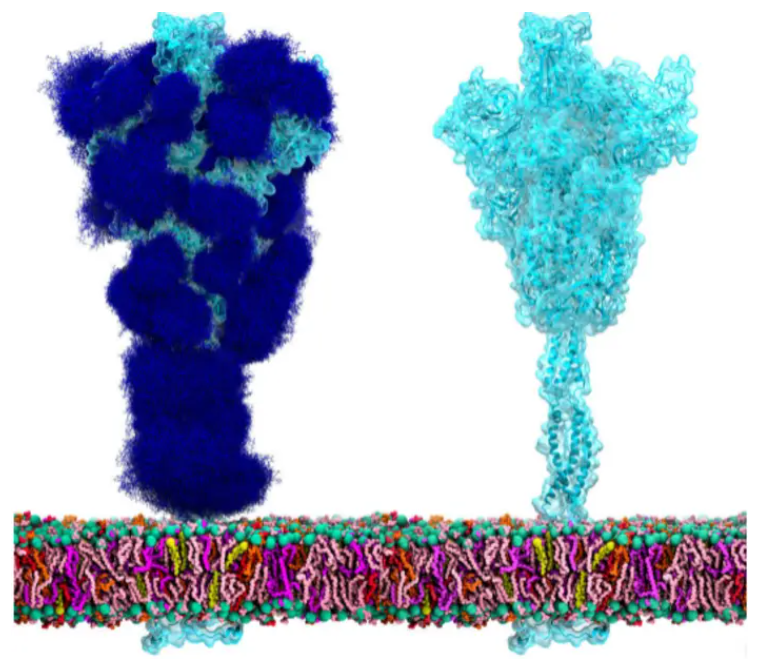
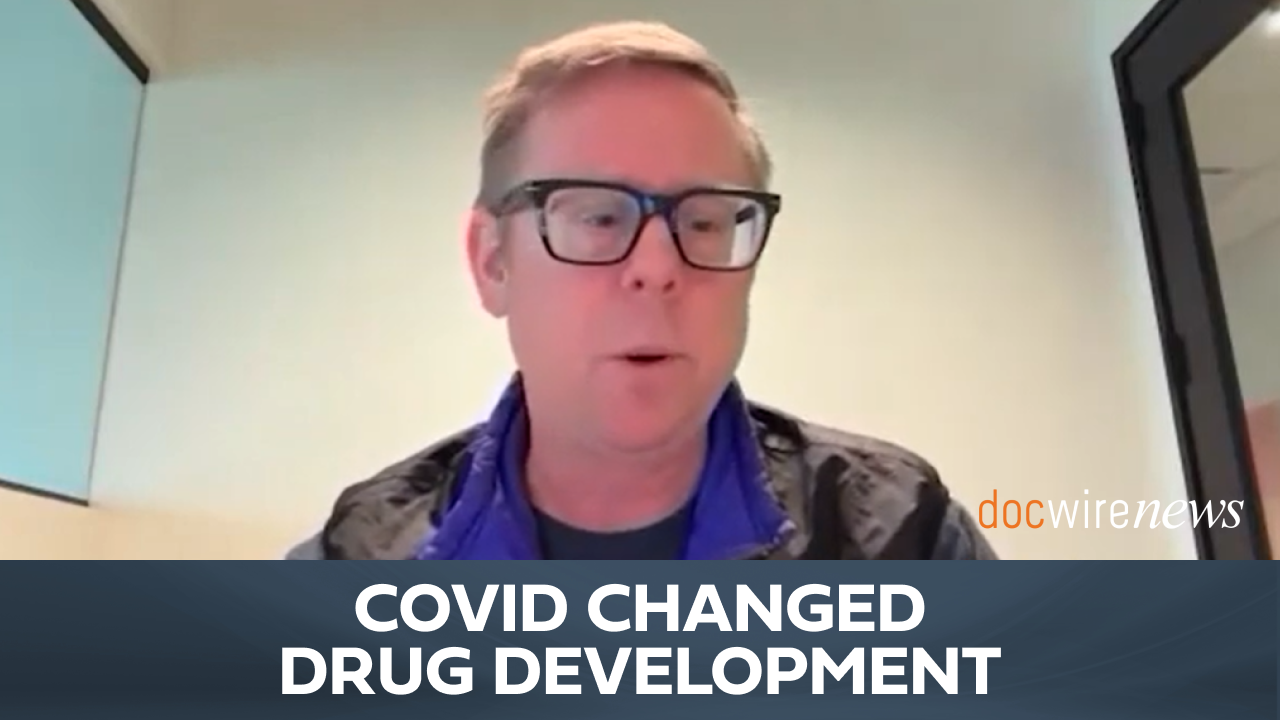
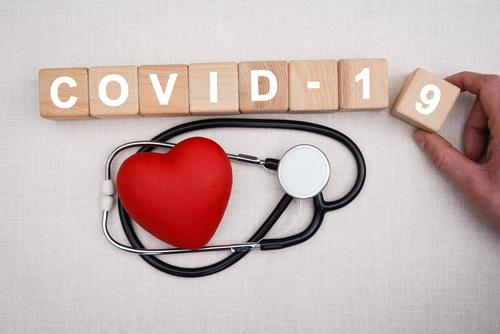
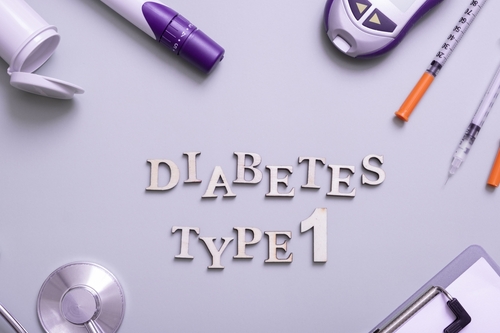
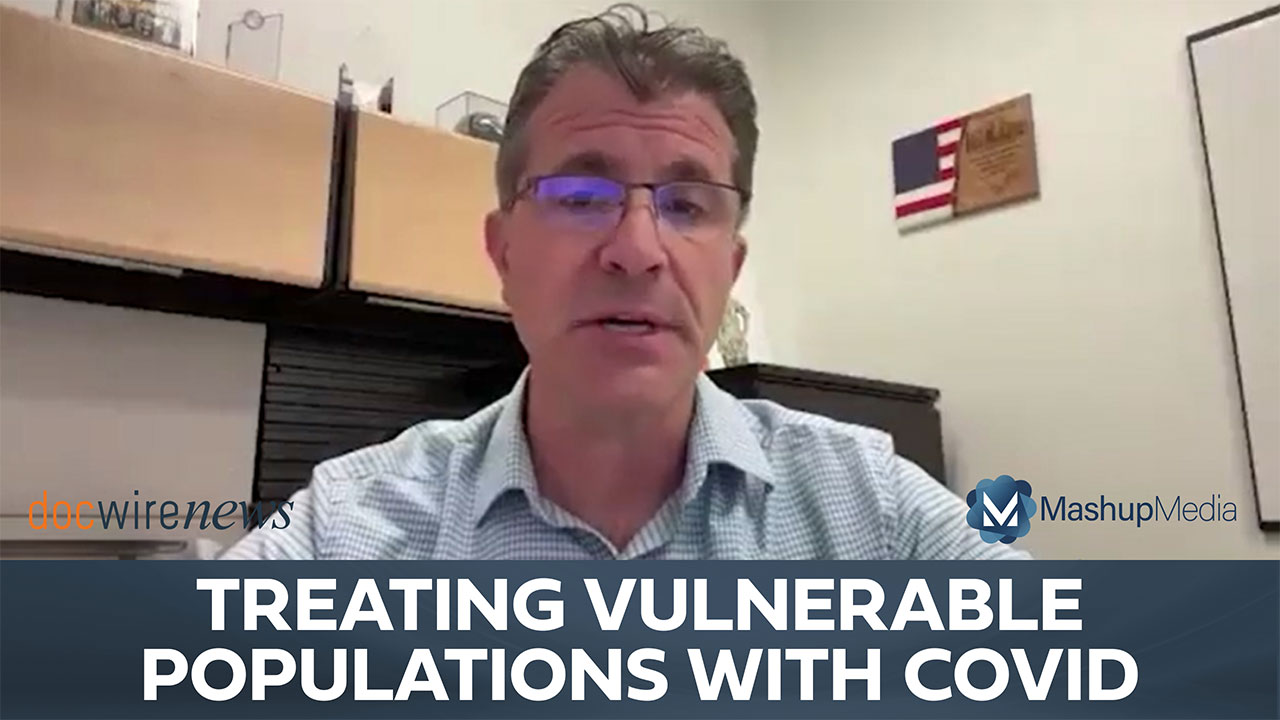

 © 2025 Mashup Media, LLC, a Formedics Property. All Rights Reserved.
© 2025 Mashup Media, LLC, a Formedics Property. All Rights Reserved.